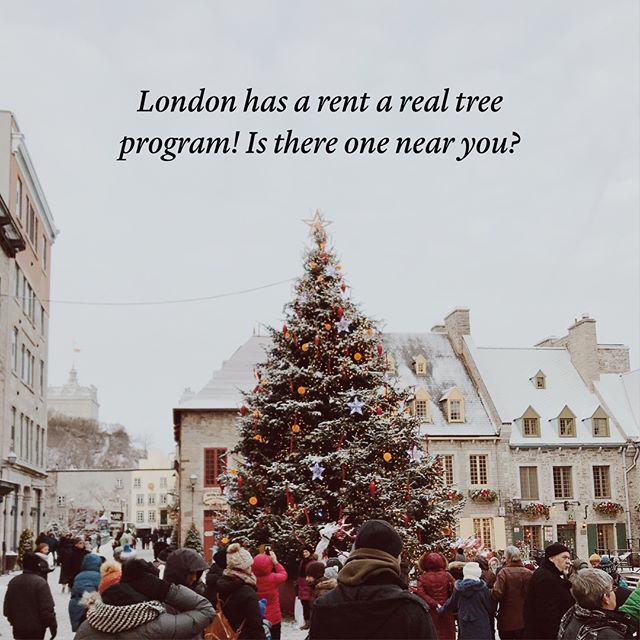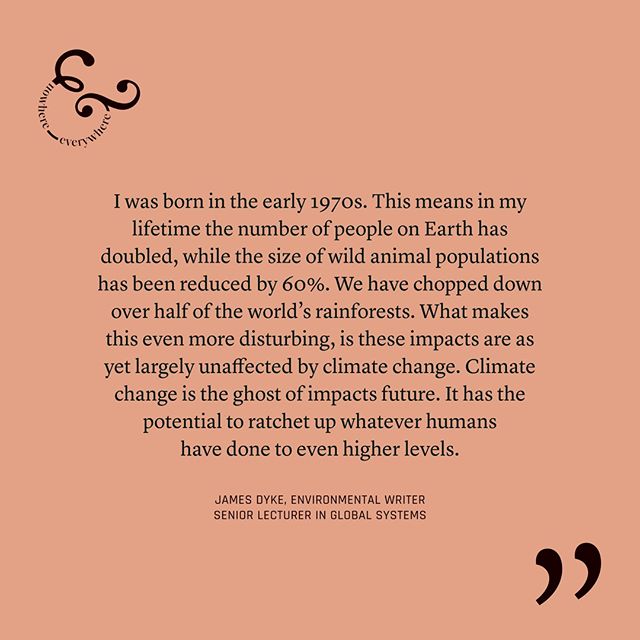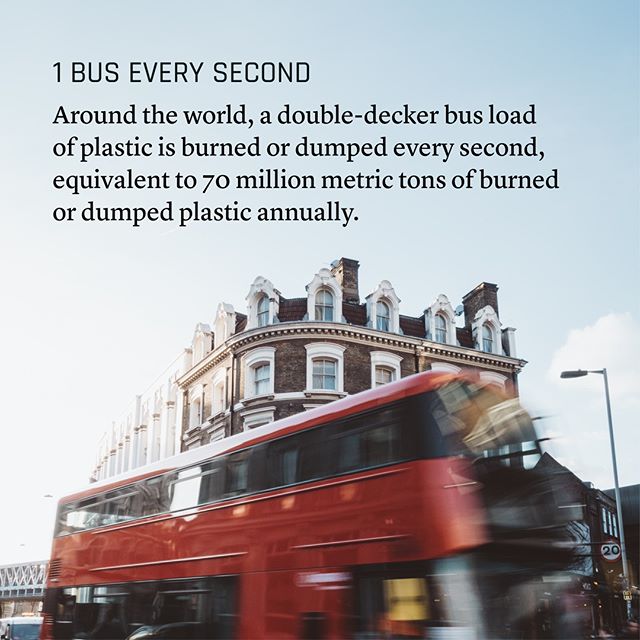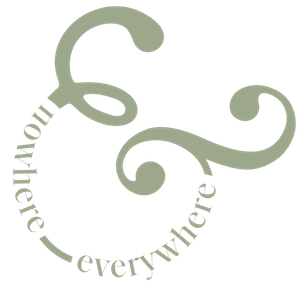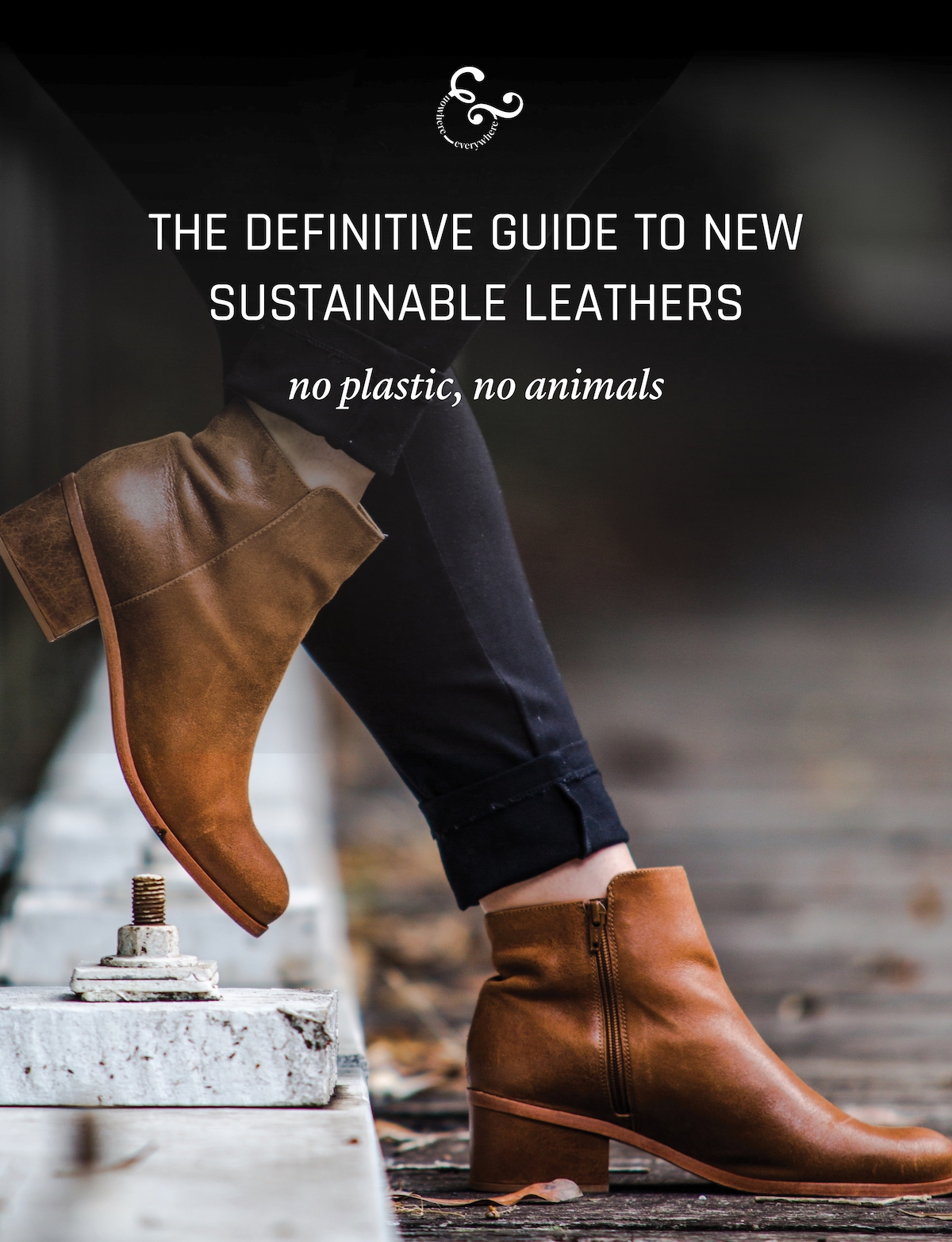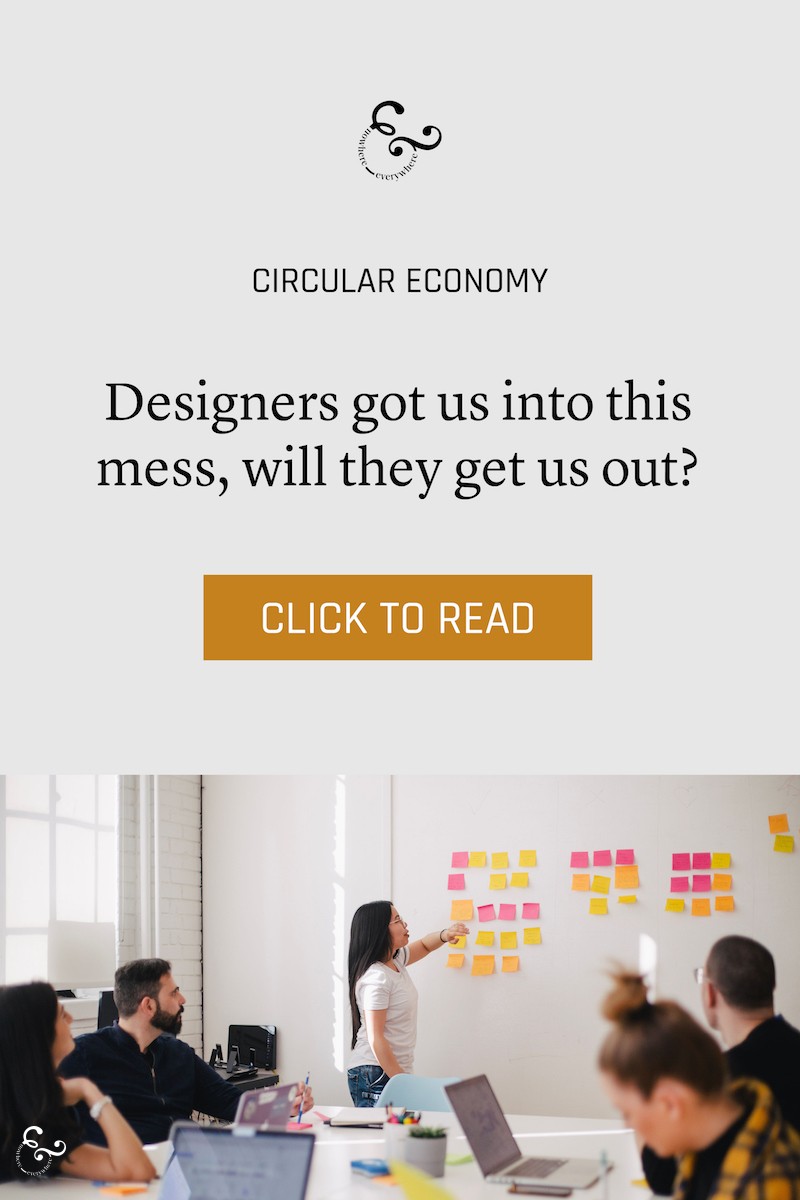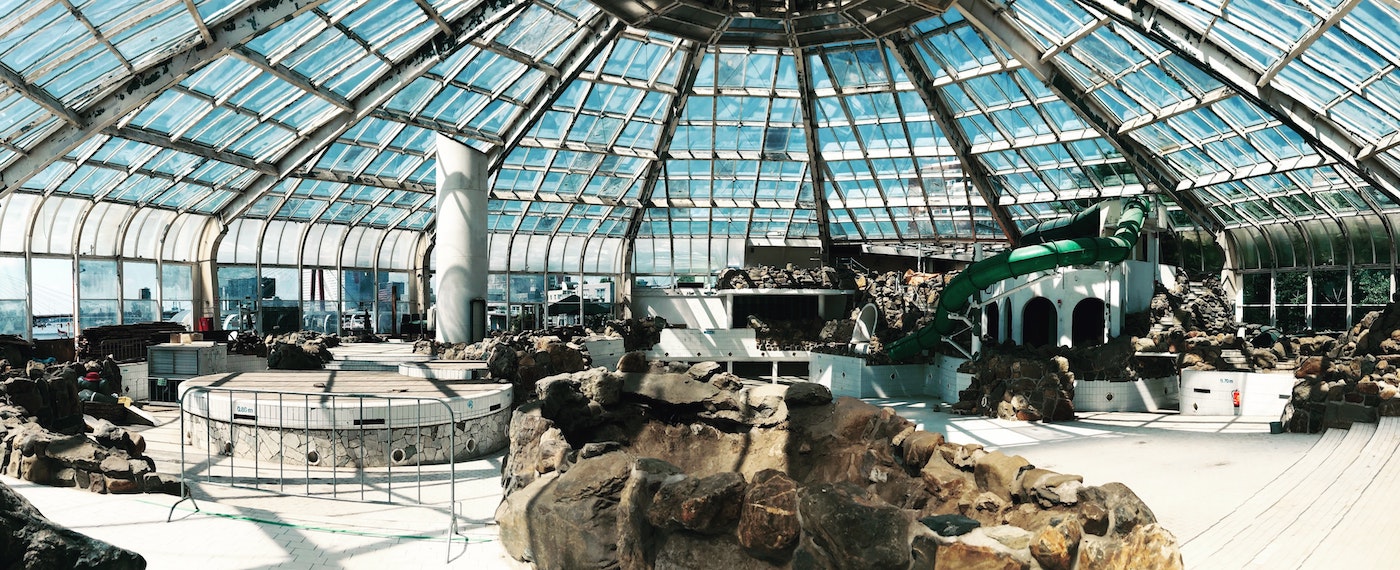
Circular economy
A circular economy is a newer economic model designed to benefit everyone in society. Rather than the take-make-waste linear model we’ve all been raised in, a circular economy keeps everything within the system. It is designed to be regenerative and importantly is what Indigenous peoples have been practising for centuries (we’ve just given it a fancy name). Amsterdam is the first city in the world trialling doughnut economics alongside transitioning to a circular economy with the doughnut model creating a framework the circular economy can sit within. We explore this (and plenty of other models) across our work.
Receive an email full of our favorite resources to dig into this further (films, books, organizations, people, apps, websites) and stay up to date with all the news, policies and tips in this space.
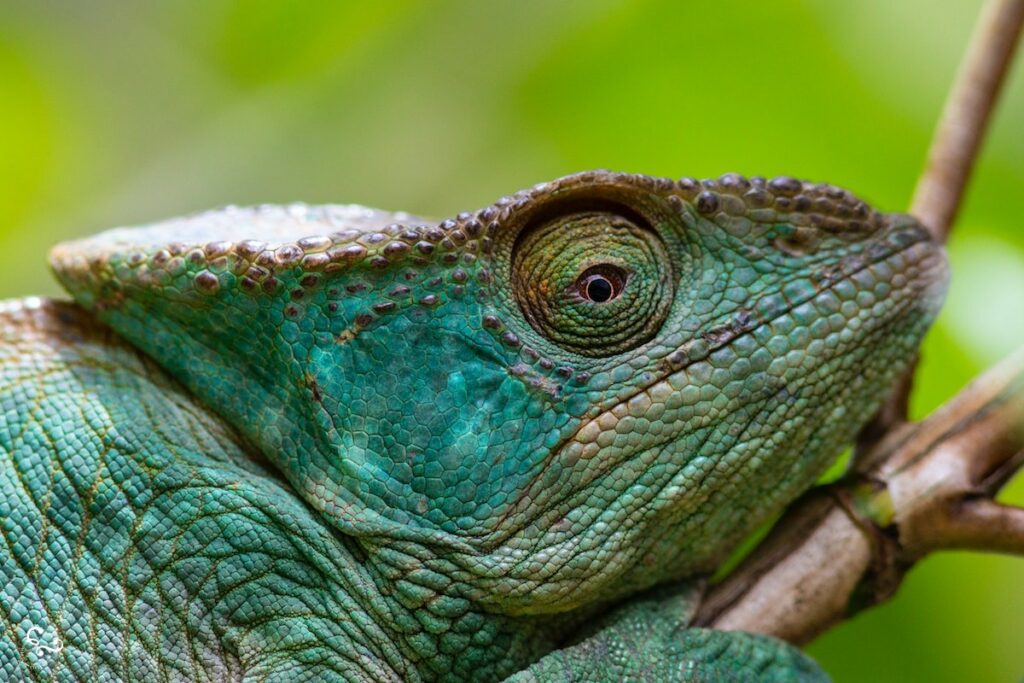
The wildlife crisis and climate change
Free Guide Biodiversity and climate change This is Part Two of our Beginners Guide to Biodiversity. The biodiversity crisis is happening right alongside the climate crisis. Both influence each other and yet we’re often only speaking about one. The biodiversity crisis is under-discussed and misunderstood. In this three part guide
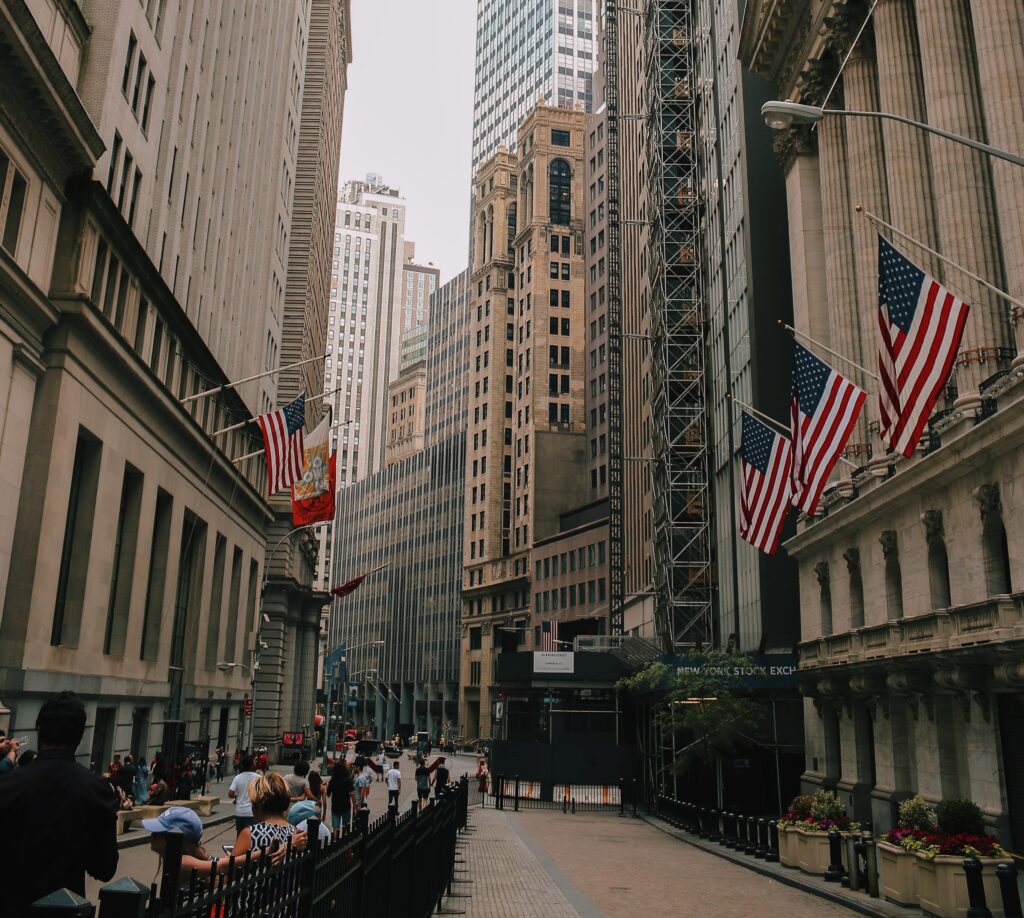
Where do we go from capitalism?
Free guide Where do we go from capitalism? This guide collects our seven part series on capitalism and the way forward. We write about our economic system a lot – this is a good place to start and dig in. A seven part series on capitalism and the environment As
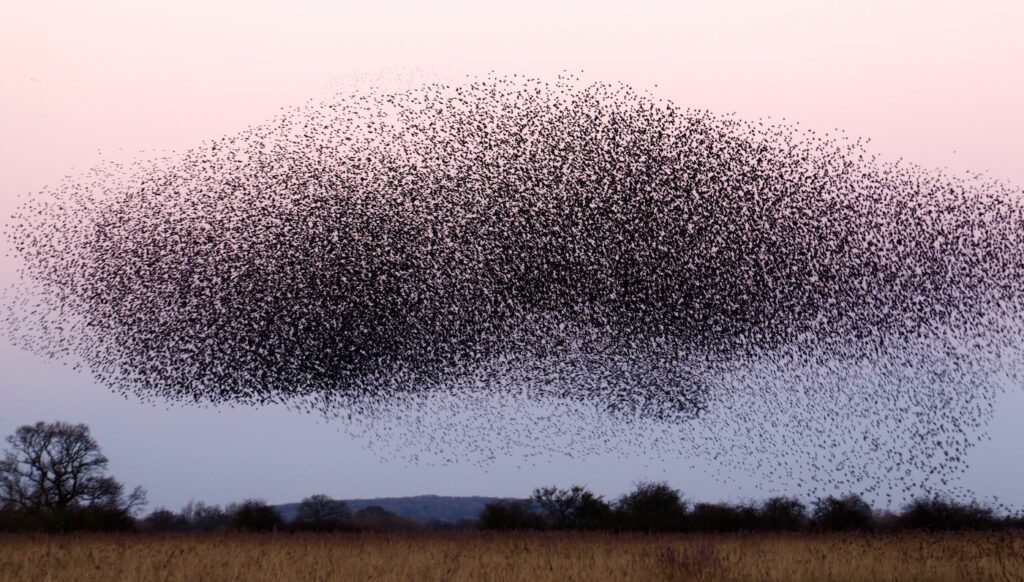
Your first guide to biodiversity
Free Guide Your first guide to biodiversity – Part One The biodiversity crisis is happening right alongside the climate crisis. Both influence each other and yet we’re often only speaking about one. The biodiversity crisis is under-discussed and misunderstood. In this three part guide we’re digging into what it is,
Environment impact label
Through a design process we took a stab at creating a back-of-product label that would outline the environmental impact the product you were holding has; whether it’s a piece of food, a processed product, a fashion item, homewares or anything else. We do it with nutritional label on food. We do it with energy efficiency on appliances. We label cigarettes specifically in some countries to discourage use. Why not do it with the environment?
FREE GUIDES
Check out our circular economy guides
The first entry details all the sustainable leather alternatives (and whether we should be creating with animal leather or not). Wine, coffee and pineapple all use waste to make the leather which is ideal as we’re probably not going to give those three things up in the world; see those and many others in this guide.
EXPLAINER
Can designers fix the mess we created?
Design is the reason we think it’s completely normal to head into a fast-fashion outlet and see new styles every week. Design is the reason we buy the worst processed food for us, when we have access to better (for those whom have economic, geographic and education access). Design is the reason our recycling systems – and lack thereof – are failing.
INSTA DATABASE
You can filter all our bite-sized posts on circular economy
